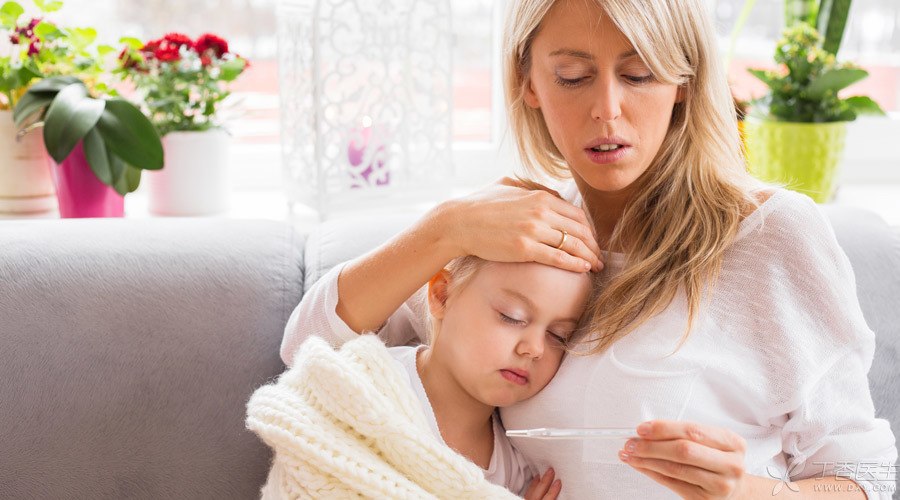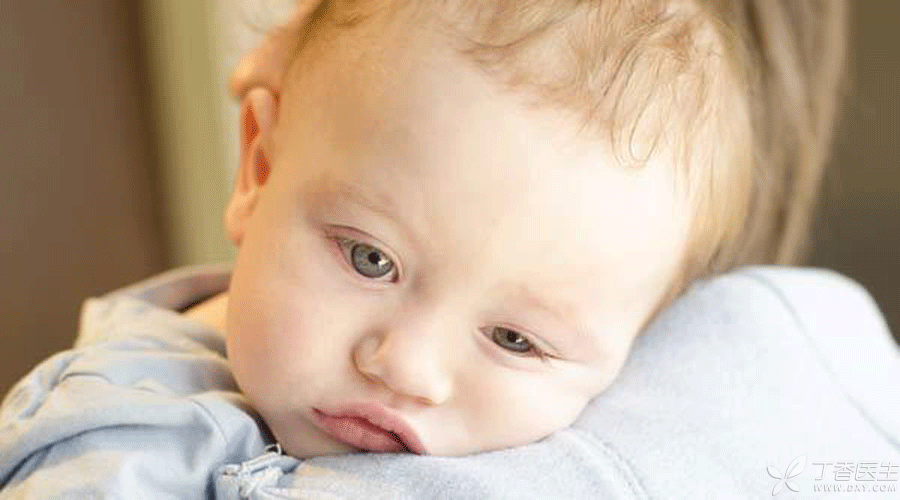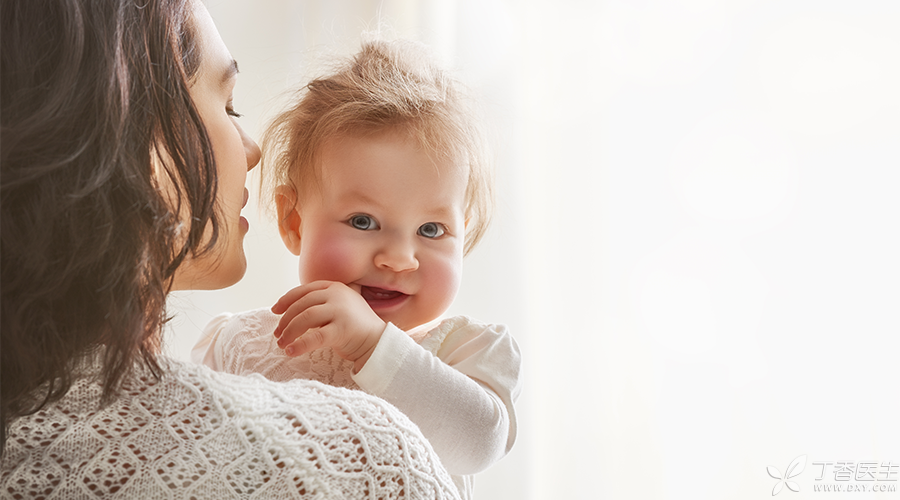
Just opened his eyes this morning, Dr. Clove habitually turned on his cell phone to watch the news. During this period, I saw a parent telling the story of the baby’s Kawasaki disease. The story is very short and simple, and finally the baby was discharged smoothly.
However, during this period, Dr. Clove also felt parents’ worries about their babies and their fears about Kawasaki disease.
Therefore, I would like to share some information about Kawasaki disease with you at noon today, hoping to help more parents understand the disease and better deal with it.
Is what Kawasaki disease?
The first time I heard the name of the disease, I might think it is a rare disease in what. In fact, it is not. Kawasaki disease is a disease named after a Japanese doctor, also known as cutaneous mucosal lymph node syndrome. Perhaps you can realize Kawasaki disease is not so rare when you go to a pediatric emergency department.
As to why the disease occurred, no clear cause has been found yet, which may be related to infection, etc.
Does it have what performance?
Kawasaki disease usually brings obvious discomfort to children, such as:
- Fever of unknown cause and lasting for a long time; Red eyes; The mouth and pharynx are red and swollen, the lips are red and chapped, and the tongue is sometimes red and swollen like waxberry.
Generally, when the baby starts to have a fever and his eyes are red, the parents feel wrong. However, this does not mean that Kawasaki disease must be caused by these manifestations. It is just necessary to go to the hospital for an examination to find out the cause of the disease and to treat it symptomatically.

There are also some performances that parents may not easily notice, such as:
- When I first got sick, my hands and feet were hard and swollen, my palms and soles were red, and when I was serious, my fingertips and toe tips began to molt. Red spots and irregular shapes appear on the front chest and back. Parents should pay attention to whether there are blisters and scabs. There may be swelling of cervical lymph nodes.
Why do you want to do cardiac color Doppler ultrasound?
After many parents went to the hospital, they heard that the doctor directly asked them to do cardiac color Doppler ultrasound, which was a little confusing.
In fact, the symptoms of many children are not typical enough. There are many reasons for fever and jealousy. It is difficult for doctors to directly judge whether children have Kawasaki disease through these. However, cardiac color Doppler ultrasound can let doctors see whether there are typical diseases and then make accurate diagnosis.
Other routine examinations include blood routine examination, CRP, erythrocyte sedimentation rate, cardiac color Doppler ultrasound, electrocardiogram and other routine examinations. These examinations can help doctors avoid missed diagnosis, misdiagnosis, early detection and early treatment.
Can Kawasaki disease be cured?
Most of them can be cured.
Although the name sounds very uncommon, the treatment method for it is still relatively mature, and it is good for parents to actively cooperate with the treatment.
How long will it take to cure the disease?
Standardized treatment requires hospitalization for about 5-7 days after diagnosis. When the body temperature returns to normal and the blood test results improve, you can be discharged from the hospital. However, discharge does not mean that the disease is cured. After discharge, you need to continue oral drug treatment according to the doctor’s advice and regularly review blood and cardiac color Doppler ultrasound.
Each child’s illness is different in severity, so the course of the disease is also different.

When does what have a reexamination?
Review can be divided into two situations:
- If there is no coronary artery disease (the doctor will tell the parents about this), a comprehensive examination (including physical examination, electrocardiogram and echocardiography) can be conducted one month, three months, six months and one year after discharge respectively. If there is coronary artery disease, in addition to the above examination, reexamination is required every 6 months until the coronary artery dilates and the coronary artery tumor disappears.
If the family has two children, the eldest has Kawasaki disease, will the second still have it?
Don’t worry, Kawasaki disease is not a hereditary disease. If the eldest has Kawasaki disease, the second has no higher chance of getting Kawasaki disease than other children.
Regarding Kawasaki disease, Dr. Clove will share these today, hoping to be helpful to all parents. If the child is really ill, remember to seek help from a professional doctor in the first place, which is always the most suitable choice.
